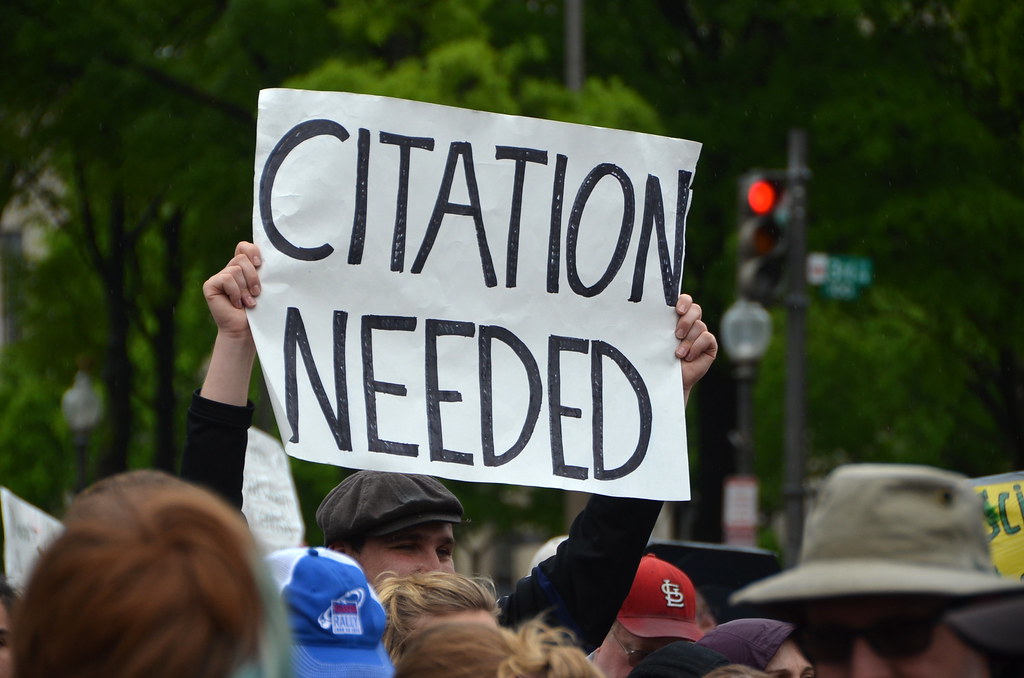Two decades ago, Sara Carlson, then a mother of three, was newly single because of a traumatic event, and the US’s food stamp program, now called the Supplemental Nutrition Assistance Program (Snap), helped her feed her children with free food supplies.
“I wouldn’t have been able to afford to live,” said Carlson, 45, who lives in Rochester, Minnesota, and now works as an operations manager for a wealth-management firm and serves on the board of Channel One Regional Food Bank, which works to increase food access.
While the food stamps helped her, the government cut her off after a couple years because she started making too much money, which meant she again had to worry about having enough food.
Now, nearly 42 million people around the country could face the same fate if the federal government shutdown continues and funding for Snap is cut off on 1 November.
Fucking disgusting that Trump is literally counting on Democrats not wanting people like me and my family to have to worry about starving to avoid having to negotiate with them.
I hope like hell they don’t cave to this fucking hostage tactic.
They’re going to eventually cut more benefits, including snap, anyway.
But we got a new ballroom on it’s way!
The Jeffrey Epstein ballroom nonetheless.
Oh, so now you care?
I always have.
I don’t click links, and you’ve never cared before
Skill issue. Be better.
If you scroll back through your history far enough you’ll see all those times where you say you hate every United States citizen.
Be better

Scroll back through your post history until the beginning and you’ll find plenty of examples. If you don’t know how to do that it sounds like a skill issue. Be better
You know, three skipped meals and all…
Nine
Lots of versions but yeah mostly its “nine” https://quoteinvestigator.com/2022/05/02/nine-meals/
I would argue that its less than 9 for people that have never actually experienced true hunger however.- 1896: The only barrier between us and anarchy is the last nine meals we’ve had. (Alfred Henry Lewis)
- 1906: There are only nine meals between mankind and anarchy. (Alfred Henry Lewis)
- 1911: Only nine meals stood between civilization and anarchy. (Anonymous)
- 1916: Only about seven meals stand between a man and anarchy. (Anonymous)
- 1932: We are never more than nine meals away from anarchy. (John J. Fitzgerald)
- 1942: There are only nine meals between man and revolution. (Anonymous)
- 1946: No one is more than nine meals away from murder. (Theo. G. Lurman Jr.)
- 1947: Every man is only nine meals away from Communism. (Leland L. Sage)
- 1974: No man was ever more than about nine meals away from crime or suicide. (Eric Sevareid)
- 1977: No country is more than three meals away from a revolution. (Larry Niven and Jerry Pournelle)
- 1980: You’re only nine meals away from being a criminal. (Anonymous prison inmate)
- 1980: Each of us is only nine meals away from stealing. (Robert L. Eddy)




